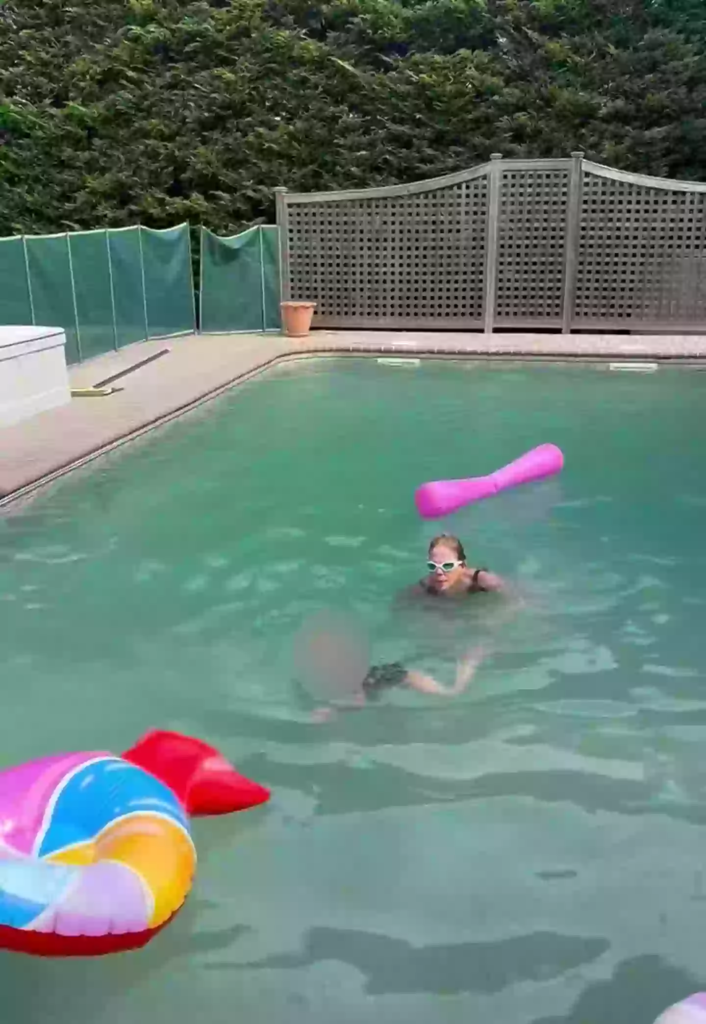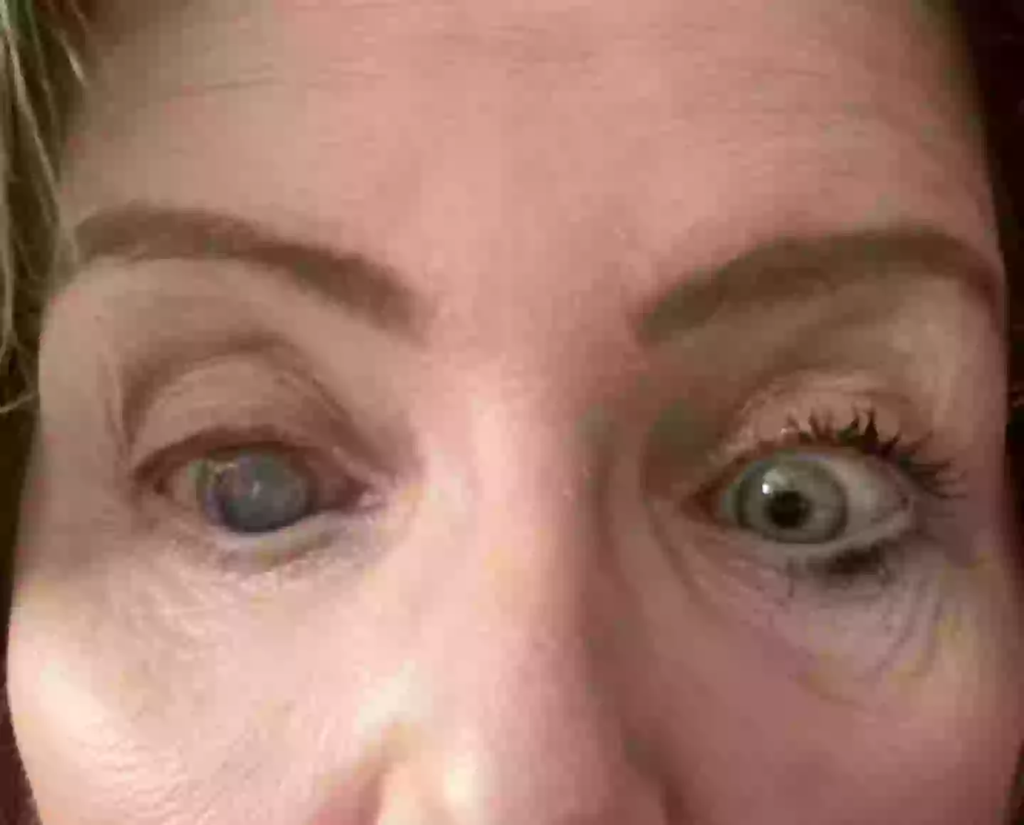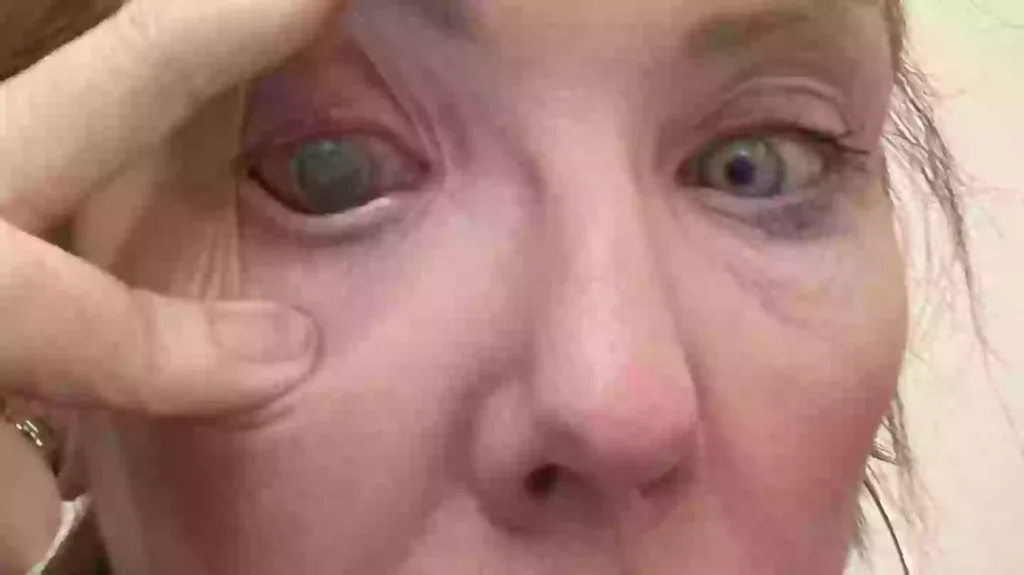However, the eye drops failed to provide relief, and eventually, she was diagnosed with acanthamoeba keratitis (AK). According to the Cleveland Clinic, AK is described as ‘a rare parasitic eye infection from a certain type of amoeba’.
It further explains: “It affects the cornea, the clear, dome-shaped front covering of your eye. When untreated, it can harm your eyes and lead to vision loss.”

She began teaching kids how to swim last year (Kennedy News and Media)
Maureen has been raising awareness regarding her AK diagnosis in an effort to alert others about the risks of wearing contact lenses around water to prevent similar incidents.
“I am hopeful but fearful at the same time [about the next cornea transplant]. I’m concerned it won’t succeed. It feels like a never-ending cycle and I’m anxious,” she shared.
“AK is not well recognized and is often misdiagnosed. I would advise anyone who wears contact lenses to avoid using them in proximity to any body of water.”

Maureen’s eye ended up clouding over (Kennedy News and Media)
Maureen confessed: “I now harbor a fear of being near any kind of water. I wear my goggles while showering.”
“My eye appears cloudy due to the cataract, and the pupil is enlarged. It’s unsettling because of the size of the pupil and its cloudiness.”
She continued: “If treated promptly, you can eliminate the parasite, and you can avoid going through hospitalization and surgery.”
“I was completely unaware; my optician never informed me that I should never wear them in water.”
Featured Image Credit: Kennedy News and Media


